Explore Hà Giang | Northern Vietnam
The air is brisk and the early morning fog covers the tips of the mountains that you know are there, they surround you on all sides. There’s no sound of the norm, no hustle and bustle, no traffic or planes. Instead, there's the sound of chickens coo-ing, streams flowing and the faint clang of pots and pans as the mother of my homestay cooks up breakfast.
There’s a certain peace that can be felt here, the kind of peace that can only be felt in simplicity. Working with your hands, connected to the physical space around you- the dirt, the animals, the weather. Using what you have, having what you need and no more.
You’re in the mountains here, where the roads are a combination of loose gravel, dirt and pothole-filled pavement. For hours, this is what will be - you and the road ahead of you. It winds and weaves and as you move, you go deeper into the mountains; with each turn, you uncover more valleys and in every minute, you’re blessed with breathtaking views.
If I close my eyes I can go back here - to the mountains, in Hà Giang. I can almost smell those early-morning fried eggs and can still feel the cool mountain air on my skin.
These are the moments I savor. This is Hà Giang.
Hà Giang
Hà Giang is a mountainous Northeastern province of Vietnam, it is located 320 km north of the capital city of Hanoi. It shares a border with China that’s more than 270 km long. In fact, just across the border you can find the Chinese province of Yunnan, another beautiful and mountainous area that very much deserves a visit and deep appreciation.
Hà Giang is a diverse region with 43 different ethnic minorities residing in the area. The province is divided into ten rural districts and with a population of less than a million, it truly feels rustic.
What are Karsts?
Limestone karts are synonymous with Vietnam and many parts of Southeast Asia. These rocky and jagged formations rise high out of the water and scatter the countryside. You can find these in the famous Ha Long Bay, along the Andaman Sea coastline of Thailand and even further north, in the Vietnamese province of Hà Giang.
Karst mountains are typically made of limestone, dolomite and gypsum. This typography is formed by the dissolution of soluble rocks. Essentially, chemical erosion takes place as rain passes through the rock’s surface.
Karsts are characterized by having underground drainage systems with sinkholes and caves, common characteristics to be found all throughout Thailand and Vietnam. Phong Nha National Park is an excellent example of this- as a region rich in cave systems and blessed with these karst formations, and for this reason, it’s another Vietnam highlight.
This typography has quickly solidified into one of my absolute favorite landscapes, it offers up a wild and mystical presence. Karsts like these are only one of the reasons why a visit to Hà Giang is an incredible and unforgettable adventure.
A poor province
The province of Hà Giang is rich with minerals but due to just how rough and rugged it is, it’s been difficult to farm and use the land. Being too mountainous for agriculture or modern development, Hà Giang remains, to some degree, cut off from the rest of the world. While this is what contributes to a great sense of adventure and exploration, it also results in sadder consequences. Due to the inaccessibility of the land, Hà Giang is one of the poorest provinces in Vietnam. Poor in its pockets but rich in what it can offer, awe-inspiring landscapes.
It never ceases to amaze me, the warmth and abundance shared by those who comparatively have so much ‘less’ than we do. The locals in Hà Giang are no different, they greet visitors with widespread smiles and sincere welcomes. While driving through the province, children will often sprint to the edge of the road for a chance at a high five while your drive past and all the while screaming ‘Hello!’.
As a poor province, ‘tourism’ can have a positive impact here. Visiting Hà Giang can be a way to directly contribute to the local economy. When traveling in the area, you will be sleeping in homestays and interacting with the environment on a local level. This allows you an authentic experience, one where you are staying with a family, eating the local cuisine and as a result, supporting the income of the local families and villages.
Explore Hà Giang by motorbike
In an area that is so mountainous and rugged, the best and only way to explore this region is by motorbike. You won’t see tour buses driving these steep and winding roads. If Hà Giang is too mountainous for agricultural development then you can expect it is the same for the ease and convenience you might find in a built-up tourist destination.
The roads are carved into the side of the mountains and they weave through the countryside and along local villages. The lack of convenience and the rough and tumble roads are what give this experience that real sense of adventure. You’ll need to get a little down and dirty for this one.
This is what Hà Giang is famous for, its motorbike loop. You come here to drive and I encourage you to do so. The Há Giang Loop ranges from 280 to 380 kilometers depending on the route and stops you take. Typically, this drive is broken up into a 3- 5 day trip, with overnight stays in the local villages.
Can anyone do it?
Yes! Although, I’ll be honest- if you’re looking to drive this loop, prior motorbike experience is very strongly recommended. I completed this journey after years of being on a bike and felt to be a confident driver. The roads are often narrow, steep and with many tight switchback turns. The driving can be a bit uncomfortable for already experienced drivers, it’s definitely something to be aware of.
All that being said, I know people who have shown up, never been on a bike and completed the trip without any issues or incidents.
So, can it be done with zero experience? Yes.
Would I suggest driving here for your first time behind the handlebars of a motorbike? No.
No driving necessary
For those who aren’t keen on the idea of driving, no worries! There’s a great alternative called Easy Riders, this is a tour company that provides professional and experienced motorbike drivers. Easy Riders drive so that you can hop on the back of a motorbike and enjoy exploring this area without the hassle of driving or navigating where you’re going.
Whether you’re driving the bike or just hopping on the back, anyone can do it and I encourage everyone to do so! This trip is unique, authentic and a completely epic adventure.



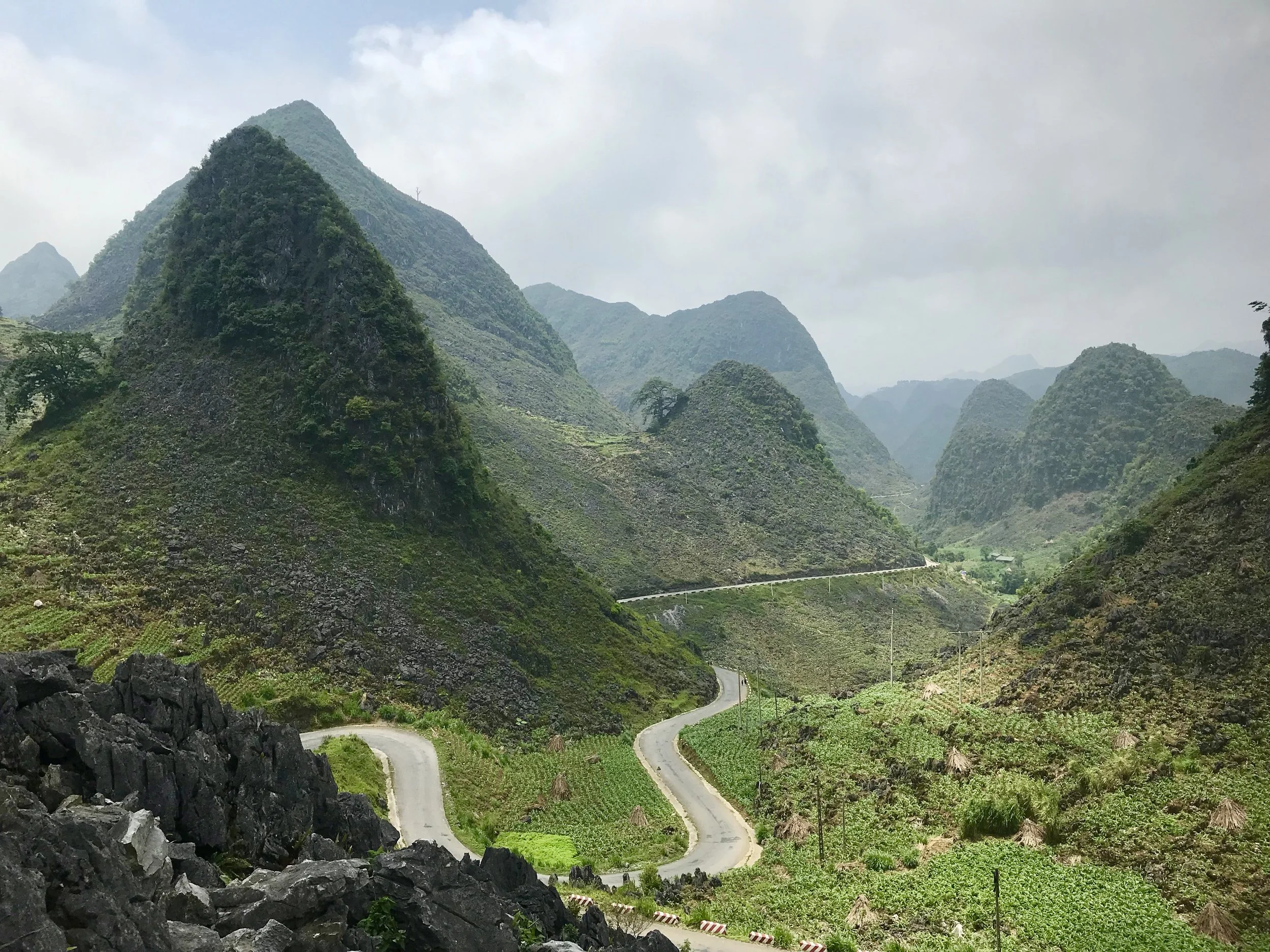




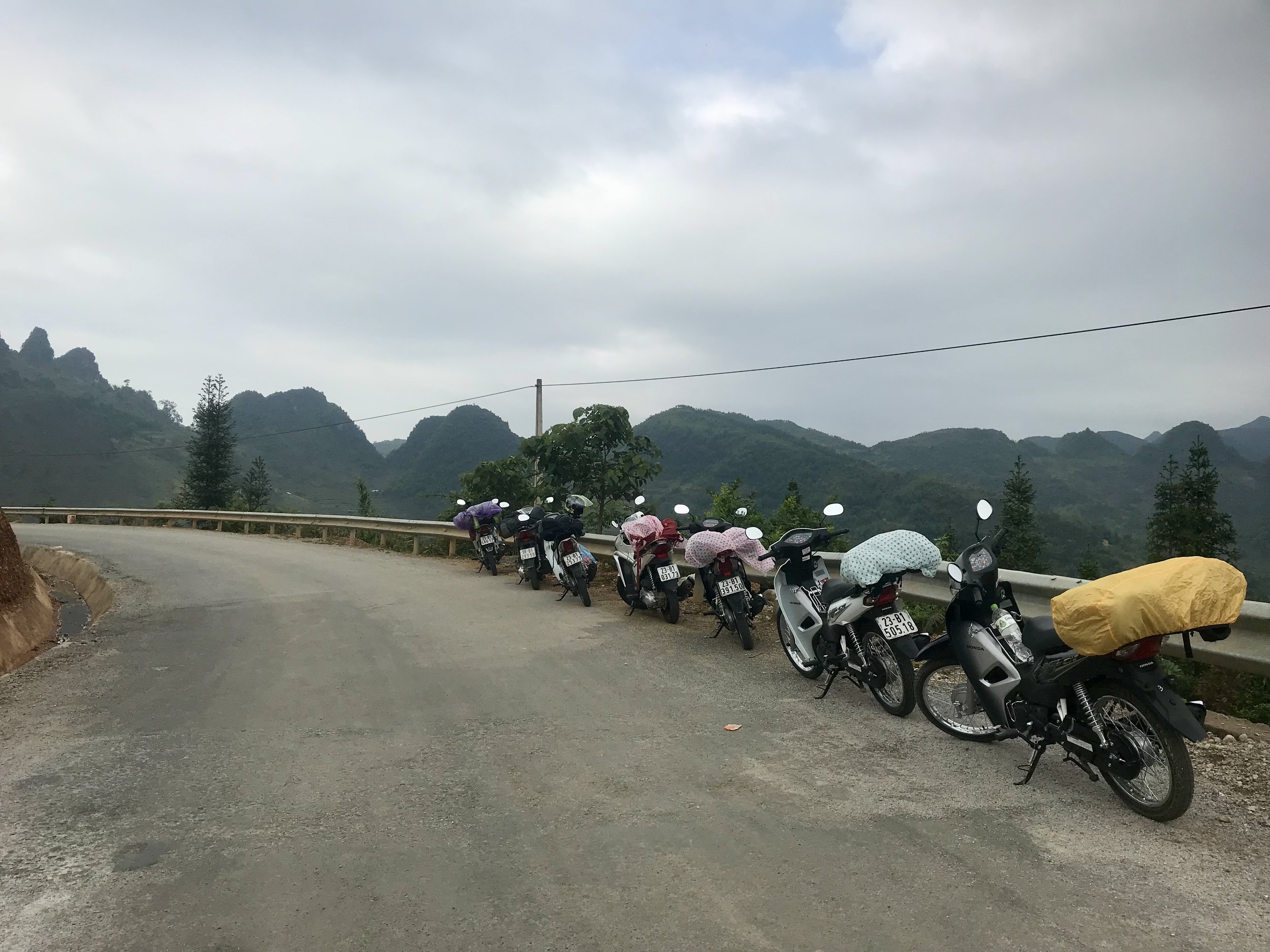
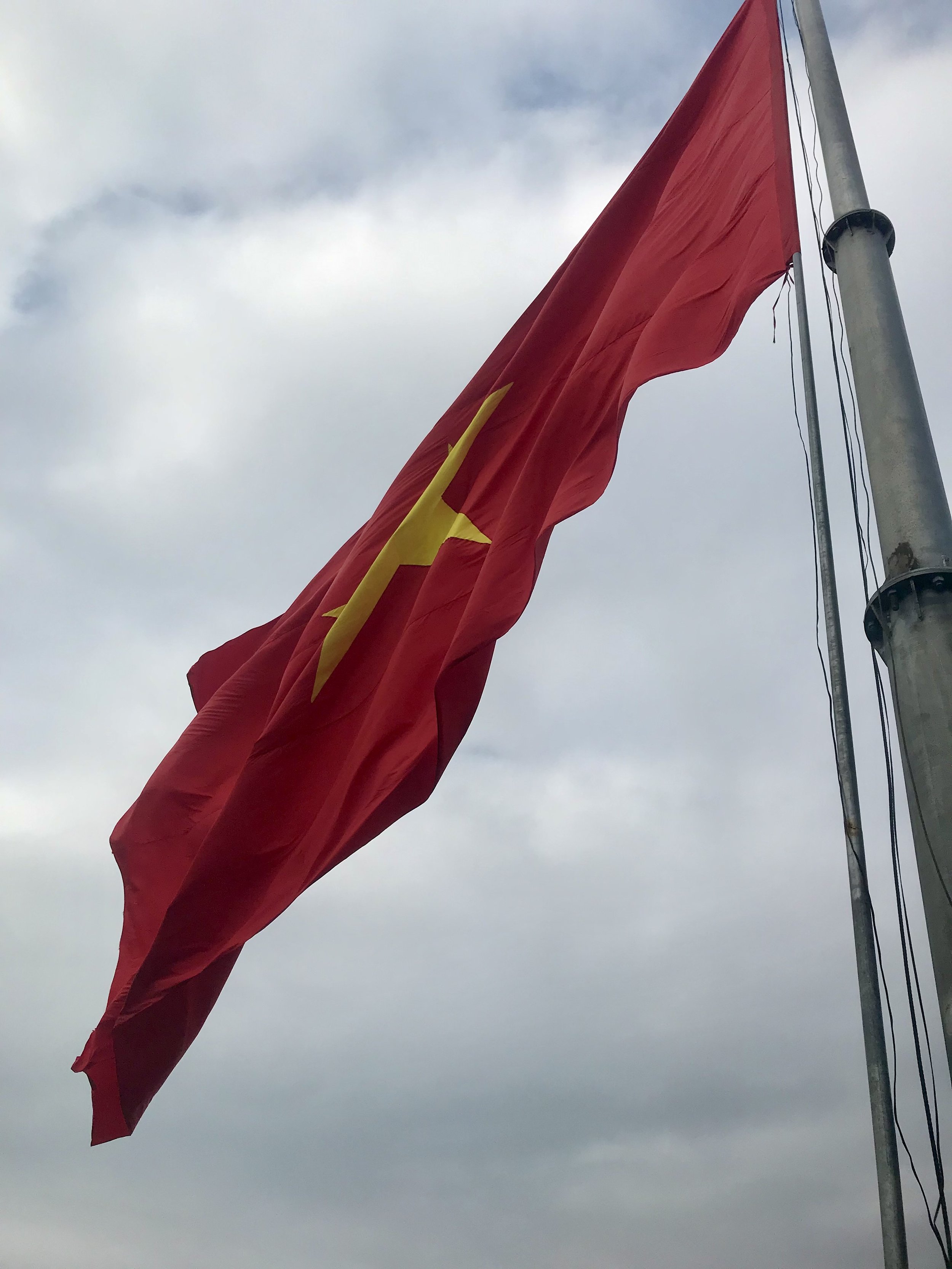
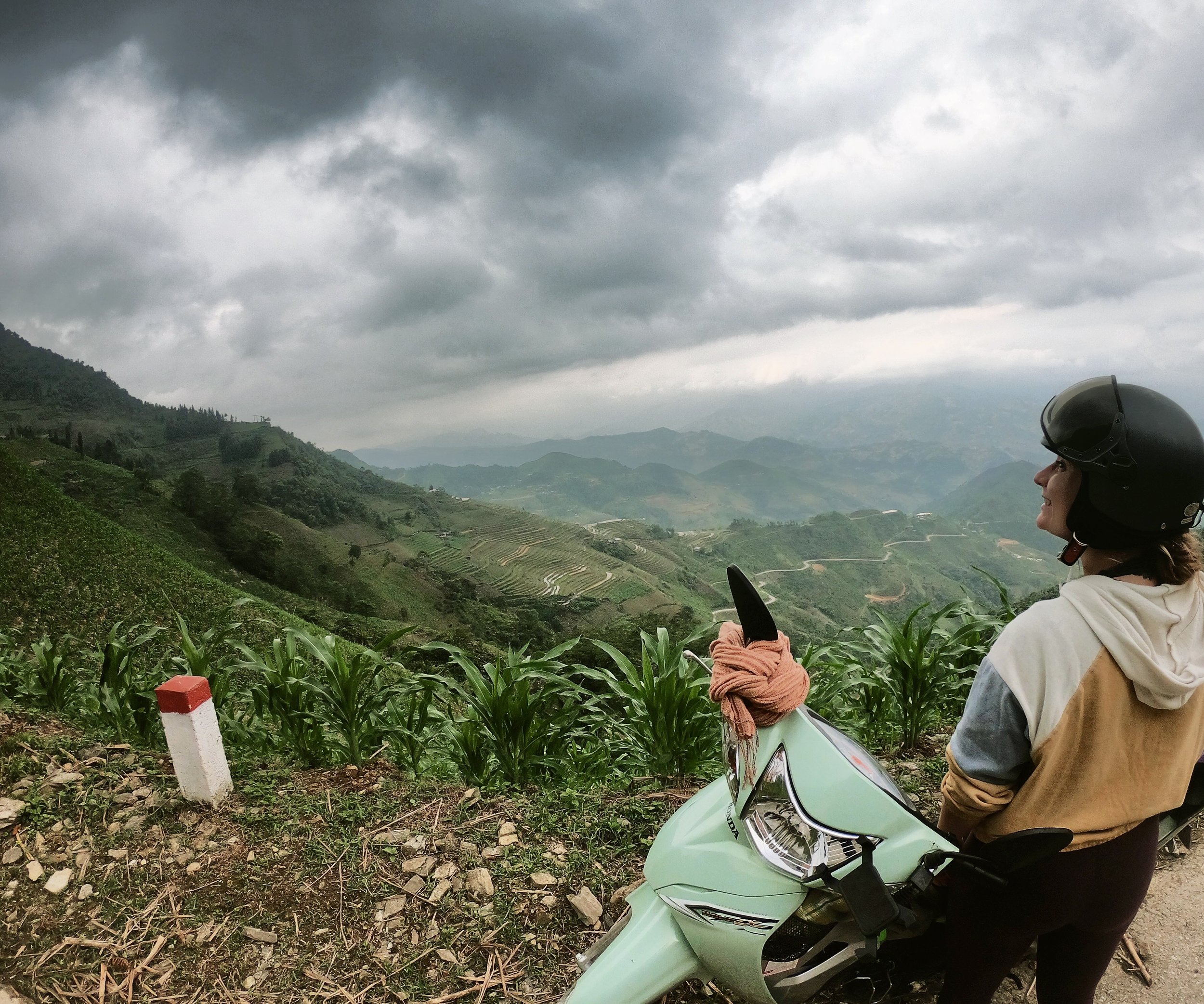
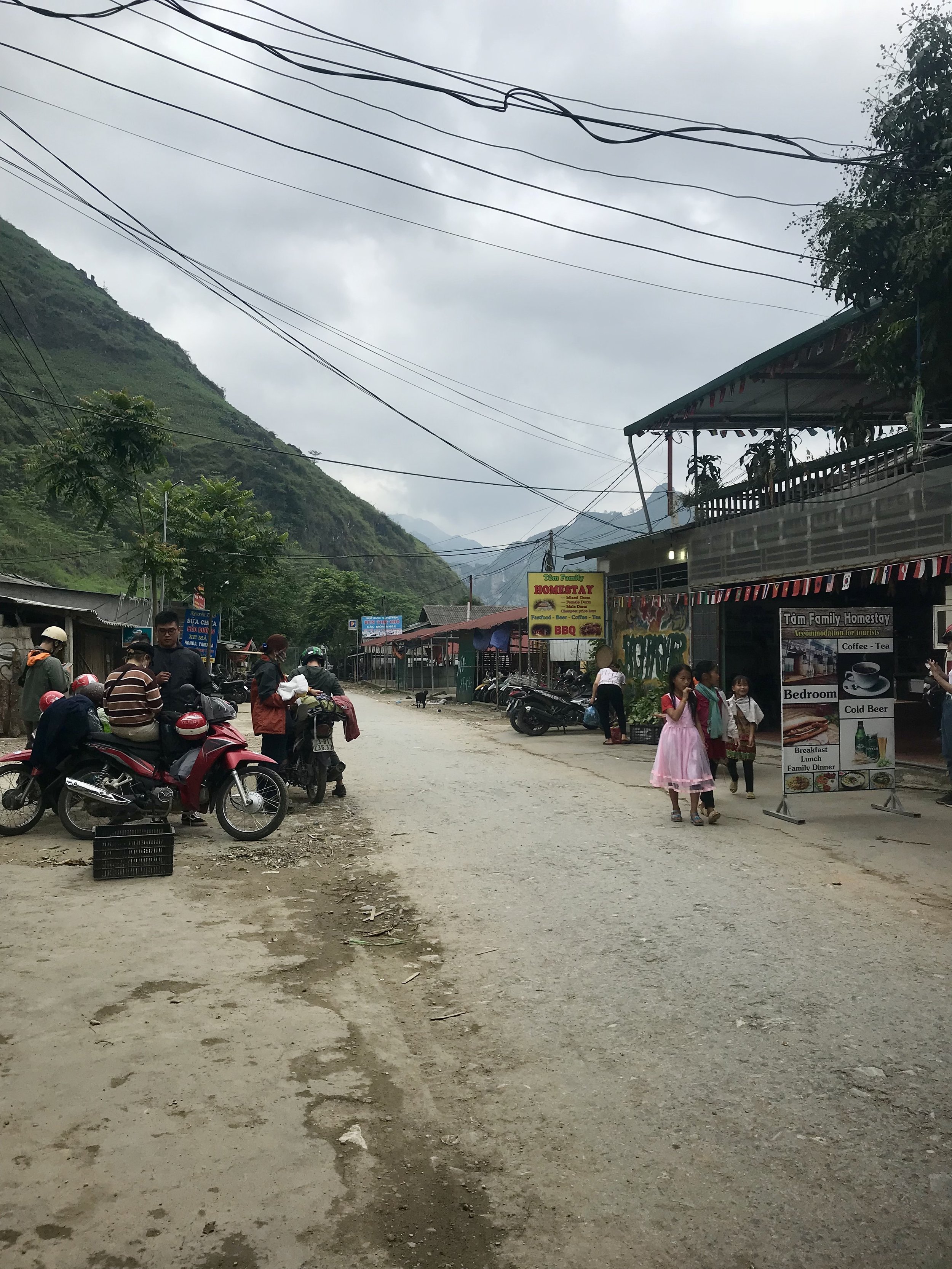


Koh Tao has too many delectable options when it comes to both local Thai and Western food. To help you sort through all the options, I’ve compiled this ultimate list of all the best cafes and Restaurants on Koh Tao. Tried and tested, there’s something here to suit all needs and every taste bud.